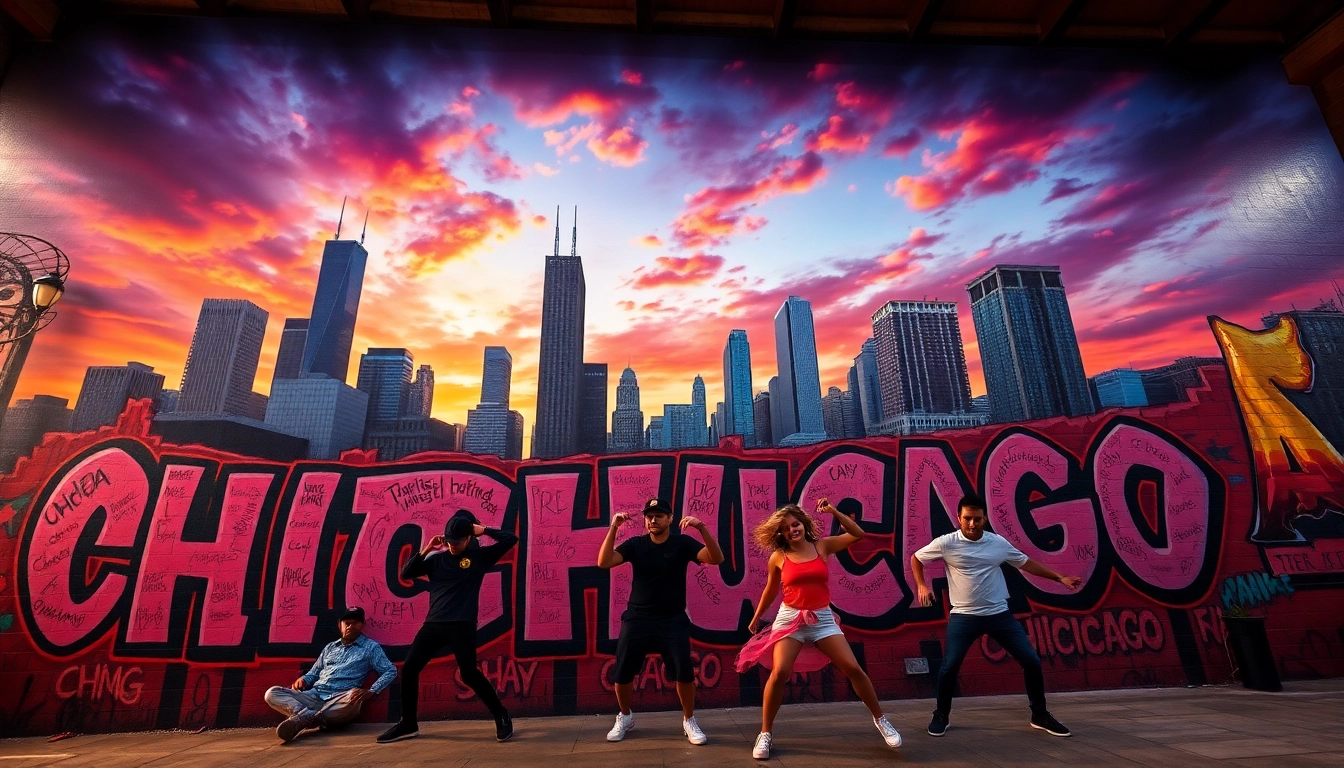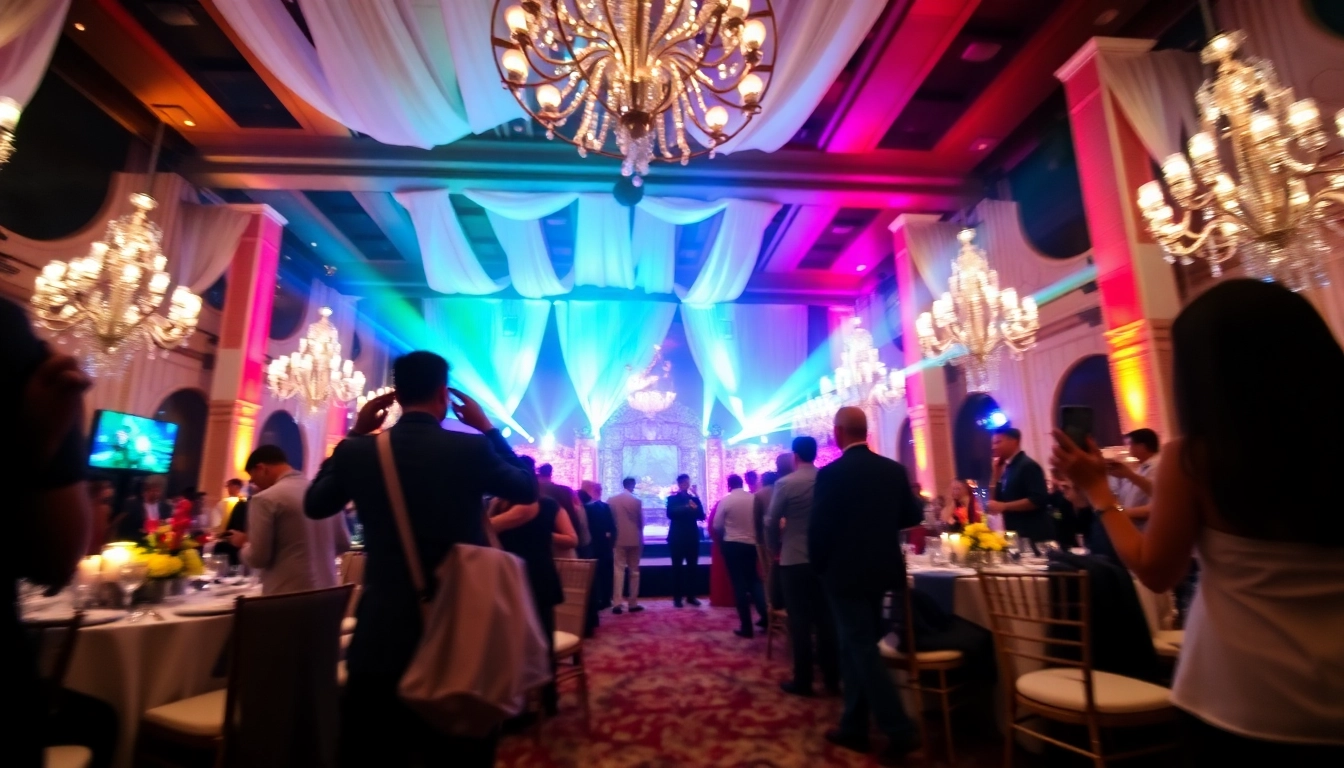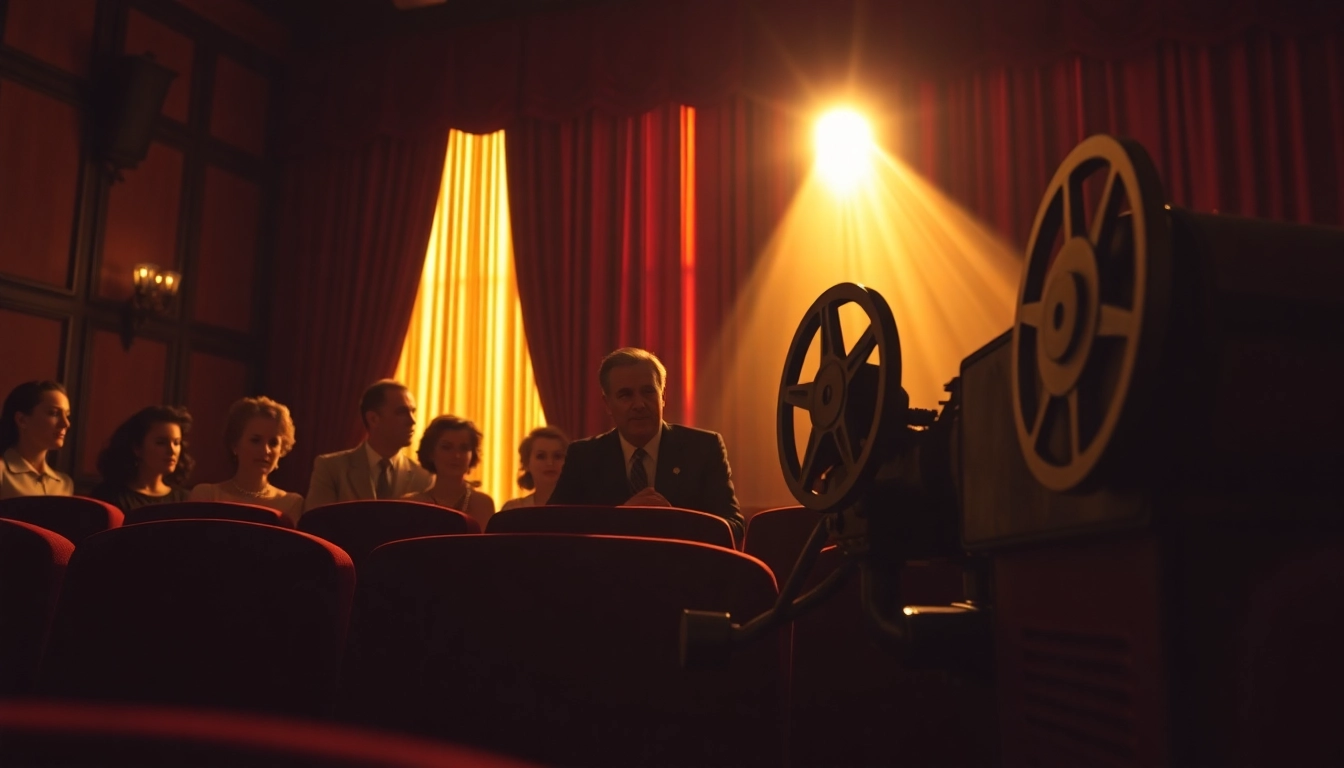The Significance of Chicago Rap Lyrics
Chicago has long been a critical incubator of musical innovations, particularly within the hip-hop genre. The city’s rap lyrics have transcended mere artistic expression; they encapsulate the experiences, struggles, and hopes of the communities from which they arise. From Kanye West to Chance the Rapper and Chief Keef, these artists have utilized their platforms to amplify their voices and showcase the diverse narratives intertwined with Chicago rap lyrics. Therefore, understanding this genre involves exploring its influence on culture, the predominant themes within its lyrics, and the contributions of key artists.
Influence on Culture and Community
Chicago rap has profoundly influenced both local and global culture. The emergence of subgenres like drill music has cast a spotlight on urban life in the Windy City. These lyrics often paint a gritty portrait of street life, socio-economic struggles, and the emotional turmoil faced by many in underserved communities. Artists like Chief Keef and Lil Durk have risen to prominence on the back of their powerful storytelling encapsulated within their lyrics, earning them respect within and beyond their local communities.
Moreover, Chicago rap lyrics resonate with the youth, aligning with their experiences and daily struggles. Social issues such as gun violence, poverty, and systemic racism are often addressed, making the music not only a form of entertainment but a means of social commentary and reflection. The cultural impact of these lyrics extends into fashion, art, and language, capturing the unique Chicago identity.
Key Themes in Chicago Rap Lyrics
Thematic elements in Chicago rap lyrics frequently revolve around several key topics:
- Struggle and Survival: Many Chicago rappers delve into their challenges with violence and survival in tough neighborhoods. The desire to escape these circumstances often shines through their narratives.
- Community and Identity: Artists express deep connections to their hometown and the environments that shaped them. Lyrics often reflect pride in local culture and a shared sense of identity.
- Resilience and Hope: Despite the hardships portrayed, there is often a message of hope and resilience. This juxtaposition offers a glimpse into the human spirit’s ability to thrive in adverse conditions.
Notable Artists and Their Contributions
Several key figures in Chicago rap have played significant roles in shaping its landscape:
- Kanye West: As a pioneer, Kanye’s early work showcased a soulful, introspective take on life in Chicago. His lyrics often bridge personal and collective experiences, marking him as one of the city’s most influential artists.
- Chance the Rapper: Known for his feel-good anthems and heartfelt lyrics, Chance’s work addresses faith and community. He has garnered significant acclaim not just for his music but also for his charitable efforts in Chicago.
- Chief Keef: As a central figure of the drill movement, Chief Keef’s raw and unfiltered lyrics capture the realities of street life, bringing international attention to Chicago’s music scene.
Exploring Drill Music: The Sound of Chicago
History and Origins of Drill Lyrics
Drill music emerged in the early 2010s, originating from Chicago’s South Side. It is characterized by its aggressive lyrics and dark beats, reflecting the harsh realities of life in the inner city. The genre is often linked to the city’s escalating gang violence, with artists using their music to narrate their lived experiences.
The success of artists like Chief Keef marked a turning point, as drill music began to gain traction outside of Chicago. The rawness of drill was both celebrated and criticized, drawing attention to the social issues prevalent in urban neighborhoods while also facing backlash for its portrayal of violence.
Impact on Youth and Society
The impact of drill music on youth culture is profound. For many young listeners, these lyrics resonate as they reflect their struggles and aspirations. The music often serves as a kind of catharsis—a channel to express frustration and pain while also fostering a sense of community.
Moreover, drill music has sparked discussions on sensitive topics such as gun violence and its implications on society. As authorities begin to take notice, drill lyrics have even made their way into legal conversations, with some artists facing scrutiny regarding their lyrics being used as evidence in criminal cases.
Noteworthy Drill Artists and Songs
Beyond Chief Keef, several other artists have contributed to the drill movement:
- Lil Durk: With his melodic approach, Lil Durk has managed to blend drill with more commercial sounds, allowing him to reach a broader audience while still staying true to his roots.
- G Herbo: Known for his lyrical prowess and storytelling ability, G Herbo’s music often delves into themes of survival and the emotional trauma faced by his community.
- King Von: His lyrics often narrate tales that blur the line between reality and fiction, giving listeners a glimpse into his upbringing and experiences on the streets.
Chicago Rap Lyrics: Emotional Resonance and Storytelling
Powerful Storytelling Techniques in Lyrics
Chicago rap lyrics often employ vivid storytelling techniques that draw listeners into the artist’s world. Rappers use first-person narratives, allowing audiences to walk alongside them as they recount their experiences. This approach fosters a deep emotional connection and breeds empathy from listeners.
Metaphors and similes serve to enhance the storytelling, transforming raw experiences into relatable tales. For instance, many artists reference the physical environment of Chicago—the neighborhoods, the landmarks, and the streets—as symbols of their journey, crafting a sense of place that feels authentic and resonant.
Personal Narratives vs. Collective Experience
While personal narratives are crucial, Chicago rap also encapsulates collective experiences. Many artists speak for their communities, addressing shared struggles such as systemic racism, socio-economic issues, and violence. This duality creates a rich tapestry of voices that reflect both individual and community perspectives.
By doing so, Chicago rappers elevate the conversation around these issues, inviting listeners from outside the community to understand the complexities of urban life. The collective voice of Chicago rap serves as both a representation of frustration and a push for change.
Lyrics as a Reflection of Urban Life
The lyrics of Chicago rap are not merely artistic expressions; they are reflections of urban life. Issues like gang violence, poverty, and the struggle for identity find their way into many tracks, offering insight into the realities faced by the city’s youth. These narratives often open dialogues on topics that are frequently marginalized in mainstream media.
Tracks that capture the somber realities of life often evoke a powerful emotional response. For instance, artists like Vic Mensa have utilized their platforms to address mental health and the impact of violence, navigating the personal and collective grief that permeates their environments.
Top Chicago Rap Lyrics and Their Meaning
Analyzing Iconic Lyrics from Legends
Many iconic lyrics from Chicago rap legends serve as cultural touchstones. Kanye West’s “Through the Wire” provides a compelling narrative about resilience and overcoming adversity, as he reflects on his near-fatal accident while simultaneously honoring his hometown.
Similarly, Chance the Rapper’s “Blessings” captures themes of gratitude and faith, showcasing a more uplifting side of Chicago’s artistic output. These tracks not only entertain but also inspire and provoke thought among listeners.
Modern Interpretations and Their Context
As the landscape of Chicago rap evolves, modern interpretations of older themes emerge. Newer artists often build upon the foundations laid by their predecessors, crafting lyrics that either criticize or celebrate the realities of contemporary urban life.
For instance, rappers like Polo G blend melodic hooks with subject matter that continues to resonate with the youth while intertwining contemporary issues like mental health discussions with street narratives, providing a refreshing take on established themes.
Fan Favorites: The Most Relatable Lines
Lyrics that resonate most with fans often highlight shared emotions and experiences. Lines that speak to love, heartbreak, and loss can foster a sense of connection among listeners. Chance the Rapper’s “Angels,” for instance, conveys a message of hope and positivity, encouraging fans to remain optimistic amidst life’s challenges.
The ability of these lyrics to resonate with diverse audiences speaks to the universal themes within Chicago rap, making it relatable across different backgrounds and experiences.
Future Trends in Chicago Rap
Evolution of Sound and Lyricism
As trends in music continue to shift, Chicago rap will likely see a further blending of genres. The incorporation of sounds from trap, electronic, and even pop influences may evolve traditional rap formats, giving rise to more eclectic styles.
Additionally, the lyricism in Chicago rap is becoming increasingly introspective, as artists seek to explore not just their environments but their internal landscapes as well. A growing number of artists are focusing on mental health and personal struggles, which will likely become more prevalent themes in the future.
Emerging Artists to Watch
Several emerging artists are poised to redefine Chicago rap. Artists like Saba, who offers poignant storytelling and intricate lyricism, represent the new wave of talent. His work captures both personal and communal struggles, offering a fresh perspective on what it means to be a young person in today’s society.
Other artists such as IDK and G Herbo’s collaborations demonstrate an expanding network of Chicago rappers who are not only proud of their roots but are also eager to push the boundaries of the genre.
The Role of Technology and Streaming
Technology has transformed how music is produced and consumed, and Chicago rap is no exception. Streaming platforms have made it easier for artists to share their music with a global audience, allowing for increased exposure and opportunities.
Social media has also become a vital tool for Chicago rappers, enabling them to engage directly with fans and build their brands outside of traditional record labels. This shift empowers artists to control their narratives, engage in activism, and influence change within their communities.



